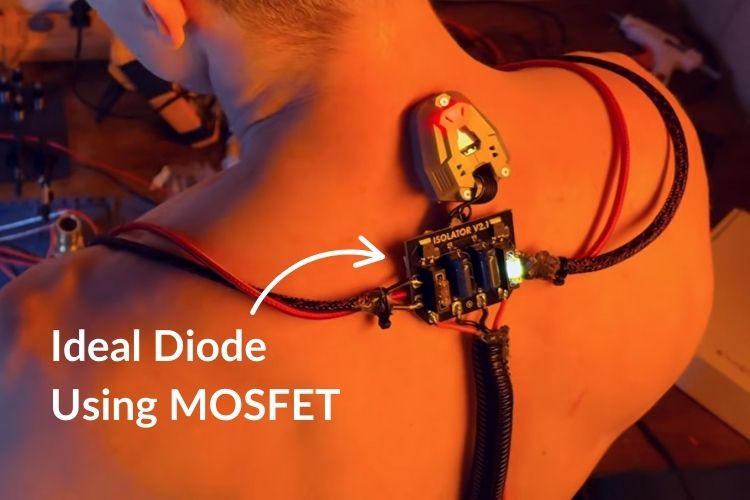
A YouTuber has developed a combat suit featuring a spinal battery system designed for improved power efficiency and reliability. The system includes voltage regulation, overcurrent protection, and cell isolation to prevent damage from physical impacts.
The suit incorporates an "ideal diode" circuit using MOSFET-based switching instead of traditional diodes to minimize power loss and heat generation. This circuit monitors voltage levels, ensuring current flows only when needed while preventing reverse current flow.
The battery management system allows automatic power redistribution when a cell overheats or shuts down. Higher voltage cells contribute more power until balance is achieved. A microcontroller monitors power, temperature, and faults, while an independent isolator circuit ensures power regulation and backup operation in case of failure.
Testing involved two power supplies simulating cells at different voltages. The system automatically selected the higher voltage source for stable output. Disconnecting one power supply did not disrupt operation. Built-in short-circuit protection prevents excessive current draw, and capacitors stabilize voltage. Future versions will include larger capacitors (40,000μF) for high-current applications.
The capacitor-based energy storage can deliver bursts of up to 10,000A, making it suitable for applications such as EMP devices, solenoid-based coil guns, and other high-power electrical systems.
This project demonstrates how advanced power management techniques can be applied to real-world applications. By experimenting with similar technologies, makers can refine their own high-efficiency energy solutions for projects ranging from wearable tech to robotics and beyond. This hybrid power system is a testament to the endless possibilities in DIY engineering and innovation.

